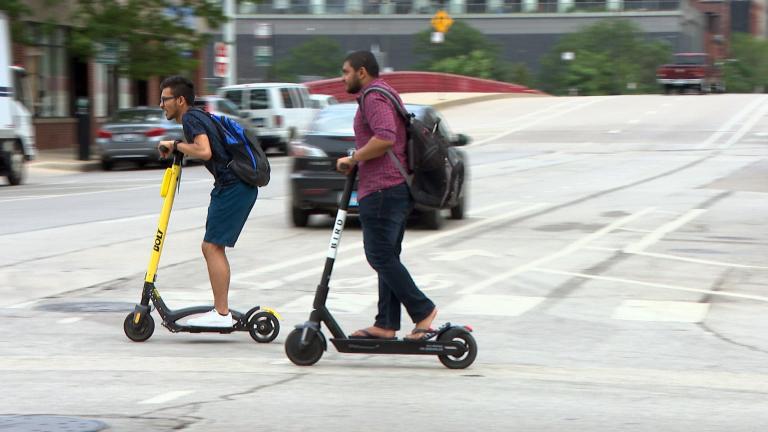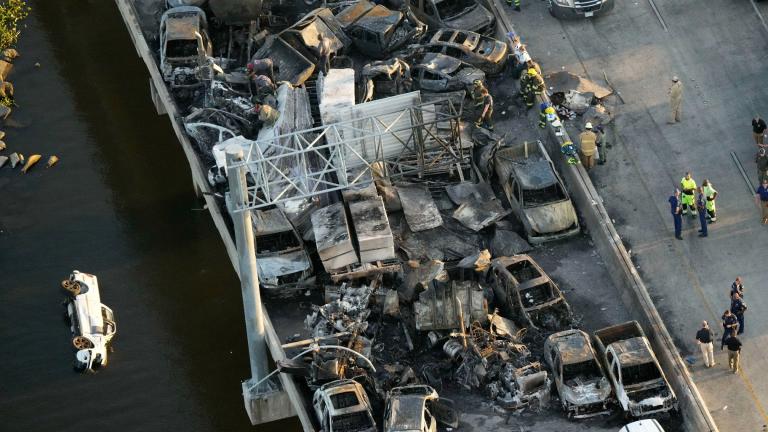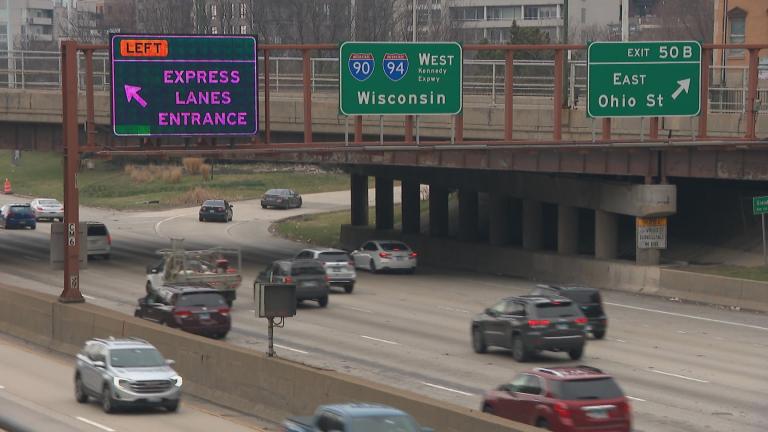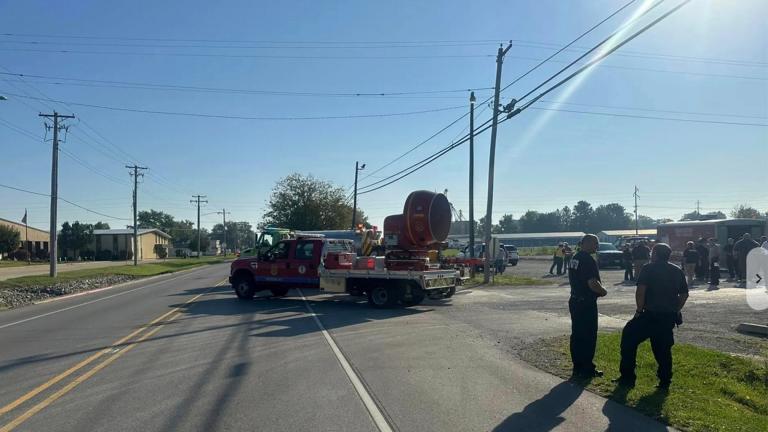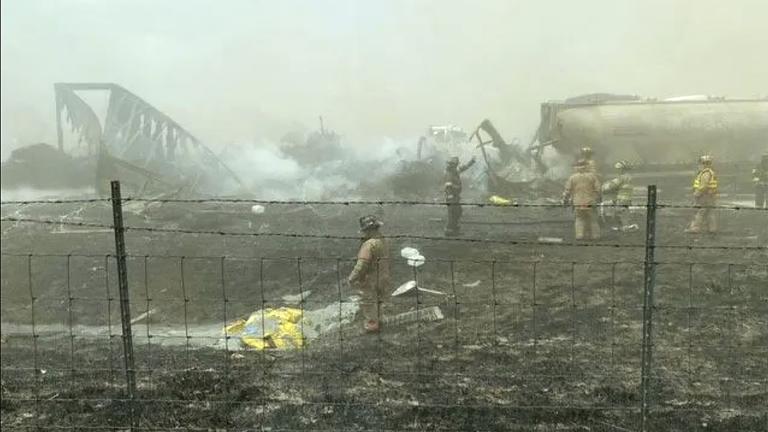Reason Foundation, a nonprofit think tank that produces public policy research on a variety of issues, has a $52 billion plan to reduce Chicago’s traffic congestion.
A new study finds Chicago has severely underinvested in expressways and urges the region to embark on an ambitious long-term road-building plan. The Reason Foundation plan proposes 11 major transportation projects that would add 2,401 new lane miles of expressways in the region, reduce the time that Chicagoans spend  stuck in traffic by 90 million hours a year and add $2 billion a year to the regional economy by 2040.
stuck in traffic by 90 million hours a year and add $2 billion a year to the regional economy by 2040.
"Expressways make up just 18 percent of the Chicago region's road network and yet they handle over 53 percent of the vehicle miles traveled," said Reason Foundation Vice President Adrian Moore, the study's project director who served on Congress' National Surface Transportation Infrastructure Financing Commission. "Between 1982 and 2010, travel demand increased 126 percent on expressways but the number of lane miles increased by just 57 percent."
The plan's 11 projects would cost $52 billion to build, but could be financed entirely by toll revenues from the new lanes and roads.
The Reason Foundation transportation plan for Chicago includes:
- Regional High-Occupancy Toll Lanes Network: A 275-mile (1,100 lane miles), $12.0 billion network of high-occupancy toll (HOT) lanes that would add two priced lanes in each direction on I-294 (Tri-State Tollway), I-90 (Northwest Tollway), I-88 (East-West Tollway), and I-355 South of I-88. The toll rates in these lanes would vary, based on traffic conditions, to ensure they remain free flowing at all times.
- Cross Town Tunnel: An 11-mile, $7.1 billion north-south tunnel in the alignment of Cicero Avenue and a nine-mile, $5.8 billion elevated Midway Extension running east along 63rd Street, connecting to the north endpoint of the Chicago Skyway (I-90). This project would allow through-traffic to bypass the downtown area and provide a connection between I-90/I-94, I-290 and I-55, alleviating problems around some of the most debilitating bottlenecks (the Circle and the I-90 Skyway Split).
- Outer Beltway: A 76.3-mile, $5.0 billion new outer expressway through Cook, DuPage and Will Counties with three toll lanes in each direction.
- Lake County Corridor: A 32.3-mile, $2.1 billion expressway extension connecting the proposed Outer Beltway with I-94.
- Northbrook-Palatine Connector: A new 25.3-mile, $1.6 billion freeway running between the I-94/I-294 interchange in Northbrook and the new Outer Beltway in Barrington.
- Elgin-O'Hare Extension: A 17.3-mile, $1.1 billion extension of the Elgin O'Hare Expressway east to O'Hare International Airport and west to the new Outer Beltway that is similar to a project in the Chicago Metropolitan Agency for Planning's Regional Transportation Plan.
- Illiana Corridor: A 40.5-mile, $2.6 billion extension of the southern end of I-355, connecting Chicago with the state of Indiana.
- Arterial Queue Jumpers: A $3.5 billion initiative to build more than 50 queue jumpers, special overpasses and tunnels that allow cars and buses to bypass traffic signals at major arterial intersections.
- Bus Rapid Transit Network: A system of bus routes that would utilize the new toll lanes network to provide express bus service to key locations.
- Kennedy Tunnel: A 9.8-mile, $6.4 billion tunnel paralleling the Kennedy Expressway that would provide a fast alternative to I-90/I-94.
- Eisenhower Tunnel: A 7.3-mile, $4.8 billion tunnel paralleling the Eisenhower Expressway (I-290) to alleviate one of the nation's biggest bottlenecks on the Eisenhower between exits 13 and 17.
Read the complete "Practical Strategies for Reducing Congestion and Increasing Mobility for Chicago" report in the PDF below.

